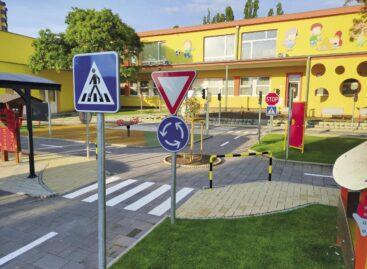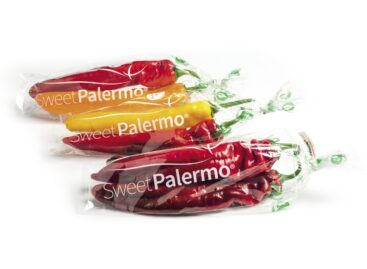Switching to new packaging for carbon footprint reduction
Pharmaceutical product packaging accounts for a large part of the Scope 3 emissions of manufacturers.

According to Metsä Board studies, fresh fibre paperboard can notably reduce the carbon footprint of pharmaceutical packaging by optimising the paperboard in use. Switching from a solid bleached board (SBB) to Metsä Board folding boxboard can reduce the carbon footprint of packaging by over 50%, and replacing white lined chipboard (WLC) with Metsä Board folding boxboard can result in a 60% or bigger reduction. These assessments have been verified by the IVL Swedish Environmental Research Institute.

The lower carbon footprint of Metsä Board’s folding boxboards – compared to the above mentioned paperboards – is due to the use of fossil-free energy in their production and their lighter weight. However, despite the lighter weight, Metsä Board’s folding boxboards still retain the durability and functional properties of traditional heavier grades.

Anne Uusitalo
product safety and
sustainability director
Metsä Board
“As a responsible materials supplier, it is our job to provide pharma brand owners with transparent, unbiased information that helps them evaluate packaging materials, so that they can make better-informed and sustainable choices to reduce their carbon footprint”,
says Anne Uusitalo, product safety and sustainability director of Metsä Board. //
Related news
The market is not the primary driver of green corporate decisions in Hungary
The sustainability strategies and investments of domestic companies will be…
Read more >Europe’s breadbasket could become a desert
Spain has become Europe’s leading producer of fruit and vegetables,…
Read more >K&H sustainability index: there are more good intentions, but actions are still to be taken
According to the latest data from a representative survey conducted…
Read more >Related news
Responsibly, for the future
Smurfit Westrock is committed to supporting Párkány and actively participates…
Read more >Sweet Palermo® – in search of the perfect pepper
The story of Sweet Palermo® peppers isn’t just one of…
Read more >The age of cybercrime 2025: a new economic reality
The annual global cost of cybercrime could reach USD 14tn…
Read more >






